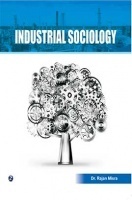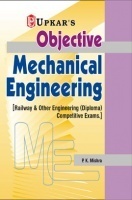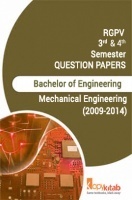Principles Of Computer-Integrated Manufacturing by S. Kant Vajpayee
Book Summary:
The basic principles of Computer Integrated Manufacturing (CIM) are lucidly presented in this book highlighting the interactions among its various elements. After an introduction to the basics of CIM, the author discusses the principles behind the technologies of computers, communications and databases followed by discussion of CIM technologies for discrete-parts production.
Audience of the Book :
This book Useful for Engineering Students.
Key Features:
1. Each of the five parts has a preamble and each chapter begins with introductory remarks.·
2. Boxes throughout the chapters highlight examples and describe industry experiences.
3. Each chapter ends with a brief list of trends, a summary, key terms, exercises (including projects), and a list of suggested readings.
4. Key terms are explained in the glossary at the end of the text.
Table of Contents:
1. Prologue: The Meaning and Scope of CIM.
2. Manufacturing: An Overview.
3. Brain, Nerves, and Heart of CIM: Computer Technology and Manufacturing.
4. Fundamentals of Communications.
5. Database.
6. Technology and Systems: Product Design.
7. Production Planning.
8. Production.
9. Shop-floor Control.
10. Robotics and Material Handling.
11. Quality.
12. CIM Management: Management of CIM.
13. Personnel.
14. Epilogue: Emerging Technologies.
15. Ramifications of CIM.
Appendices.
Glossary.
Bibliography.
Abbreviations.
Index.


















